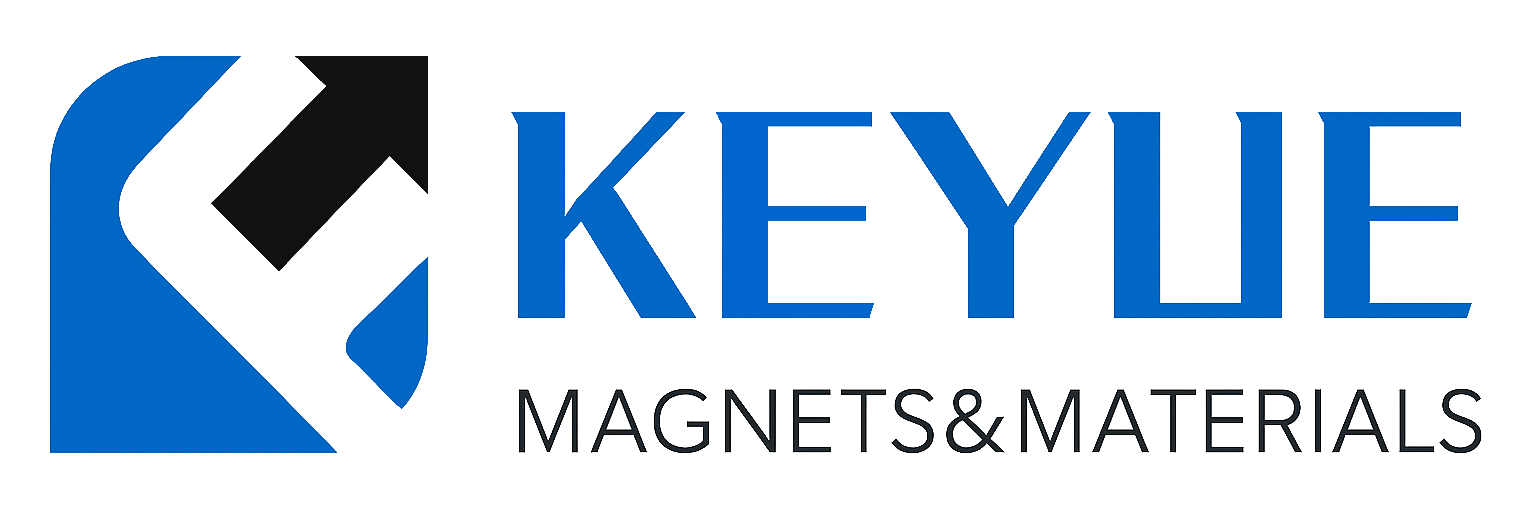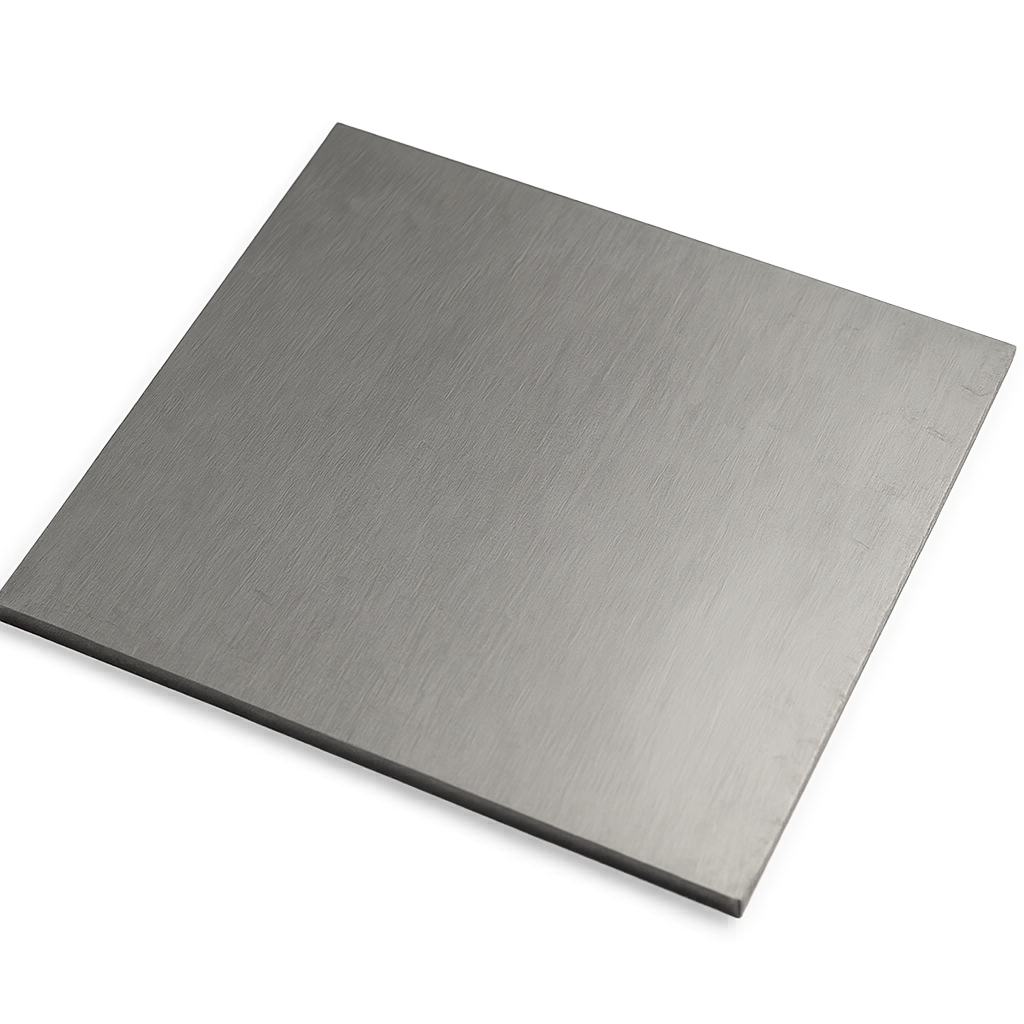描述
钼板(Molybdenum Plate, Mo Plate)
产品简介
钼板(Mo Plate)是一种由高纯钼(Purity ≥ 99.9%–99.99%)制成的难熔金属板材,具有高熔点、高导热性、良好的机械强度和优异的耐腐蚀性。
凭借这些特性,钼板在真空电子、半导体制造、冶金、玻璃熔融、电极和高温炉组件中广泛应用。
产品详情
苏州科跃材料科技有限公司生产的高纯钼板采用真空电子束熔炼(EBM)—热轧—真空退火—精抛光工艺制备,具有高纯度、低杂质、组织致密与优异平整度。
产品符合 ASTM B386 / GB/T 3876 / ISO 9001 标准,可提供科研级与工业级版本。
典型规格:
-
纯度等级:99.9%、99.95%、99.99%
-
厚度范围:0.2 – 25 mm
-
尺寸范围:≤ 1000 × 1000 mm(可定制)
-
制造工艺:真空熔炼 + 热轧 + 真空退火 + 抛光
-
表面状态:银灰色 / 抛光光亮 / 无氧化层
性能特点
-
超高熔点(2623 °C):适合极端高温环境。
-
高导热与导电性:保证热稳定与电接触性能。
-
抗热冲击与耐腐蚀:适用于真空与惰性气氛下工作。
-
良好可加工性:可切割、焊接、折弯与抛光。
-
高密度与低蒸气压:特别适合高真空系统使用。
应用领域
-
电子与真空设备:用于电子管阴极、真空炉加热元件。
-
半导体工业:用于溅射靶材、掩膜板、支撑片。
-
玻璃与冶金工业:用于玻璃熔融电极与热屏。
-
航空航天:用于高温结构件与火箭喷嘴衬层。
-
能源与光伏行业:作为背电极、反射层或热场部件。
技术参数
| 参数 | 典型值 / 范围 | 说明 |
|---|---|---|
| 纯度 | 99.9–99.99% | 高纯钼金属 |
| 密度 | 10.22 g/cm³ | 致密结构 |
| 熔点 | 2623 °C | 高温稳定性强 |
| 电导率 | 18.7 × 10⁶ S/m | 导电性能优异 |
| 热导率 | 138 W/m·K | 优良导热性 |
| 抗拉强度 | 400–600 MPa | 高强度材料 |
| 延伸率 | 15–25% | 良好延展性 |
| 硬度 | HV 150–250 | 可退火调整 |
| 磁性 | 无 | 适用于真空设备 |
| 蒸气压 | 极低 | 适合高真空系统 |
常见问题(FAQ)
| 问题 | 答案 |
|---|---|
| 钼板是否具磁性? | 无磁性。 |
| 是否可用于真空设备? | 是,具有低蒸气压与高温稳定性。 |
| 是否可用于溅射或蒸发? | 可用作溅射靶材或蒸发源。 |
| 是否耐酸碱腐蚀? | 在酸碱中稳定,王水中会缓慢溶解。 |
| 是否可焊接? | 可进行真空焊接或惰性气体保护焊。 |
| 是否提供检测报告? | 附纯度及化学成分检测文件。 |
| 是否符合RoHS/REACH? | 是,完全符合国际标准。 |
| 是否支持小批量? | 提供科研样品及定制尺寸。 |
| 是否可抛光? | 可提供镜面抛光表面。 |
| 交货周期? | 常规规格2–3周内交付。 |
包装与交付
所有钼板出厂前均经真空退火与纯度检测。
产品采用真空密封、防潮、防氧化包装,外层使用出口级木箱加固。
提供 COC、RoHS/REACH 文件与检测报告。


-300x300.png)
-300x300.png)
-300x300.png)
评价
目前还没有评价